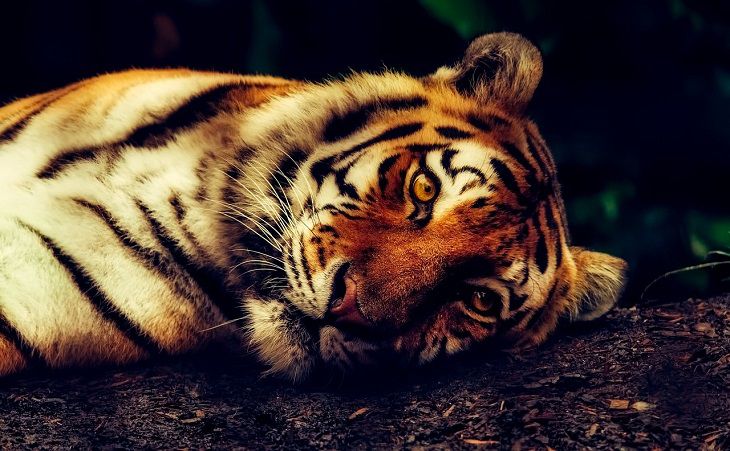Tigers and other felines are dangerous animals, and that's why some people decide to declaw them.
While it can make tigers less dangerous, this procedure can also harm their health a lot.
A new study highlights how this procedure affects those animals.

More about the procedure
Declawing is a pretty controversial practice for house cats, and now researchers studied how it affects bigger cats like lions and tigers.
In the U.S., declawing these animals is done, but it's illegal to modify exotic animals surgically.
The study discovered that declawing affects the muscles of larger felines more than smaller ones.
Unlike trimming nails, declawing removes part or all of the last bone of each digit, impacting their ability to use their claws.
The scientists measured the muscles of various exotic cats, discovering that in larger species, declawing resulted in 73% lighter forearm muscles used for unsheathing claws.
Overall forelimb strength decreased by 46% to 66%, depending on the animal's size, and other muscles didn't compensate for the loss.
This is particularly challenging for big cats because they rely heavily on their forelimbs for activities like grappling and hunting larger prey.
The specialists stress the anatomically devastating effects of declawing on larger species and advocate against such practices due to the cruelty involved.













